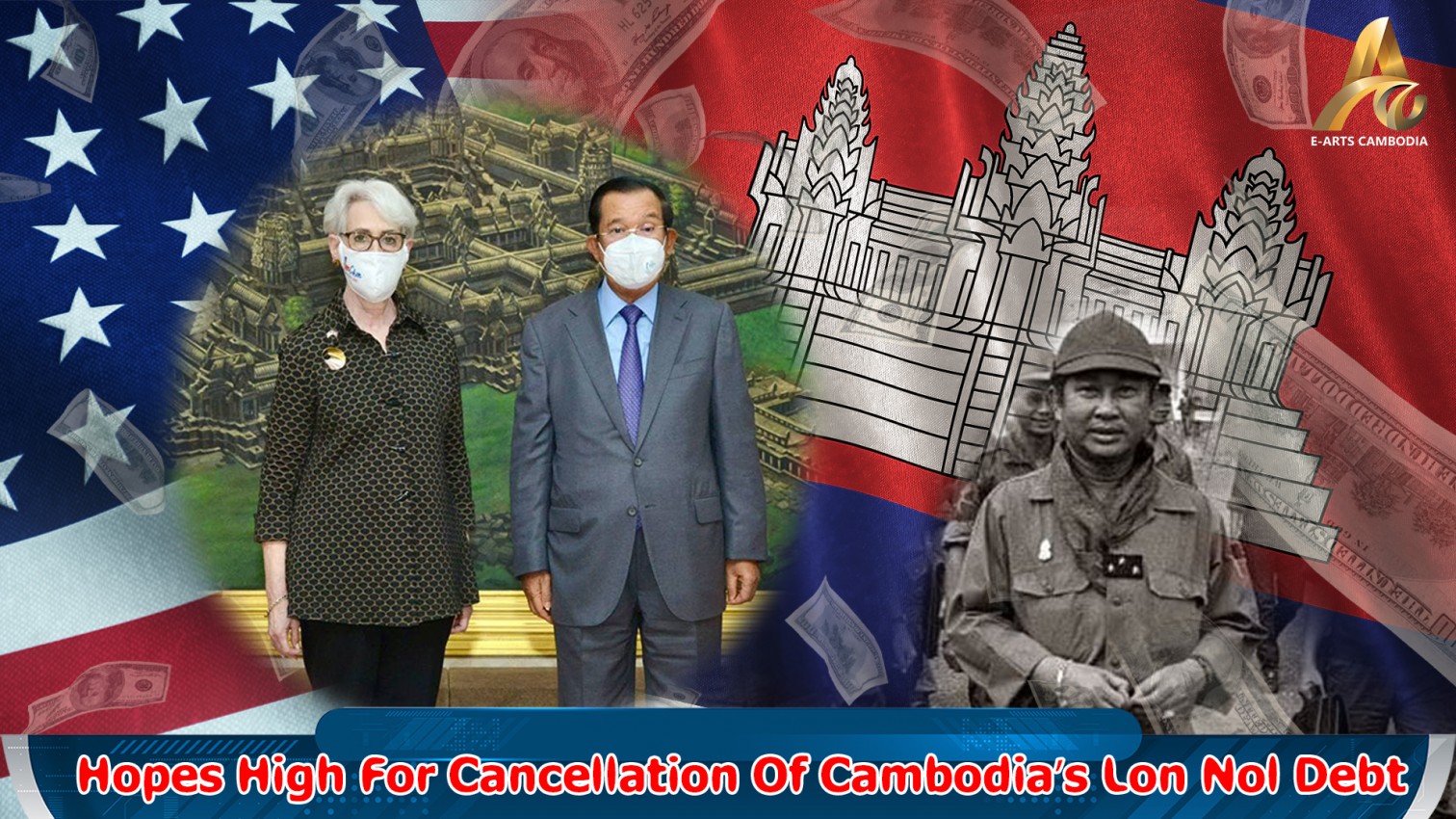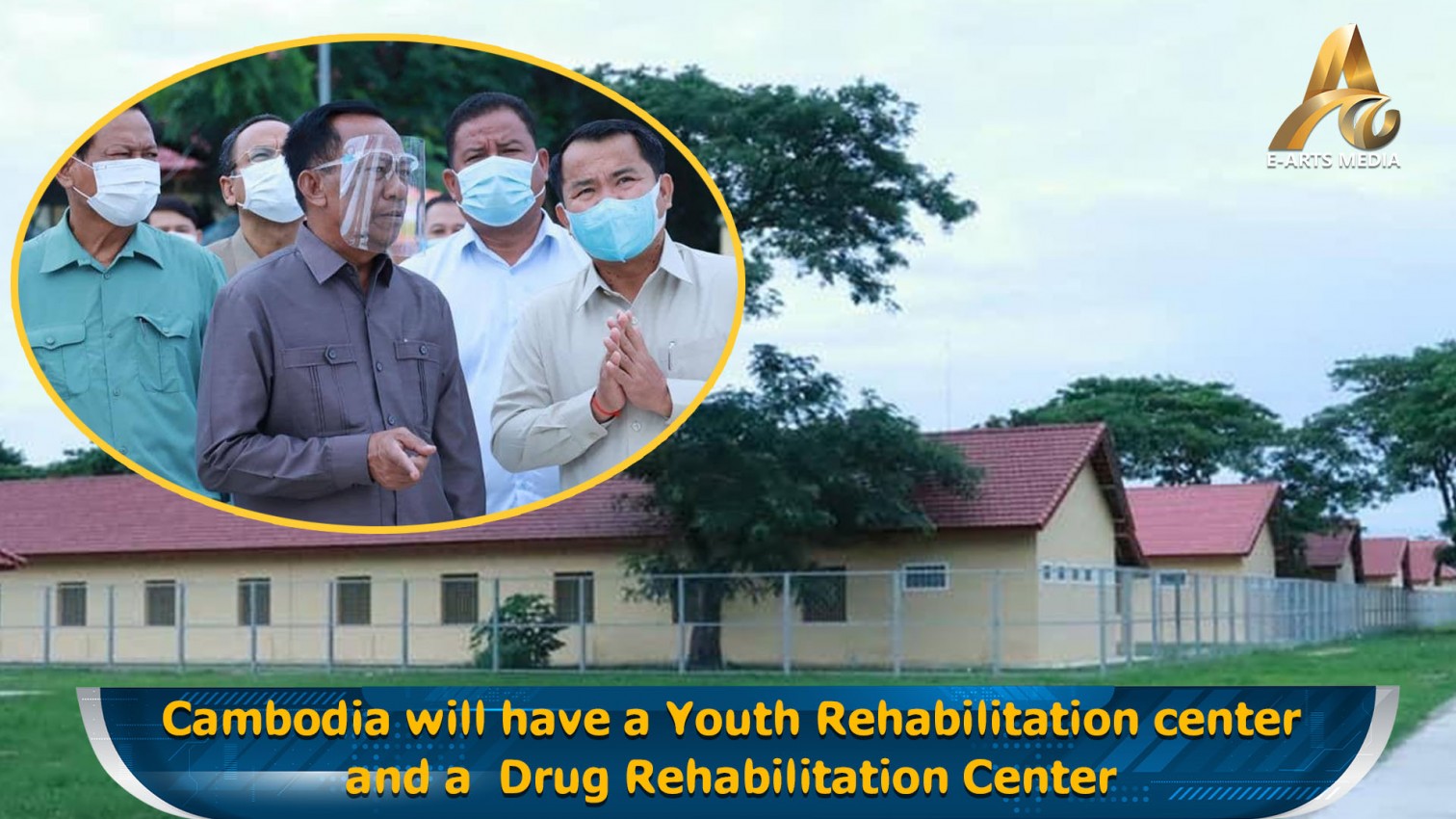PHNOM PENH: The Ministry of Environment has said that air pollutants were measured for the first time in Cambodia, and measures to reduce pollution have been implemented in response, so as to improve the air quality and protect the environment.
At a press conference held on Tuesday on the Cambodian Clean Air Plan at the Ministry of Environment, the Secretary of State and spokesman for the Ministry of Environment, Neth Pheaktra, said that the biggest sources of pollution and short-term air pollution in Cambodia are from transportation, electricity generation, industrial processes and housing. Surveillance of major sources of pollution indicates that the residential sector is the largest source of invisible PM2.5 particulate pollution and carbon black after coal production and transportation.
Total emissions forecasts show that by 2030, invisible PM2.5 particles will reach 98.5 thousand tons, carbon black will reach 14.6 thousand tons, sulfur dioxide will increase to 7,000 tons, nitrogen oxides will be equal to 329 thousand tons, and carbon monoxide equal to 40,150 thousand tons.
The spokesperson stated that "Other pollutants and short-term pollutants have a common source, so the potential mitigation strategies include potential greenhouse gases such as methane and carbon dioxide reducing potential emissions, must be monitored through the implementation of key government regulations, policies and strategies."
In response to this problem, the Ministry of Environment has introduced measures to reduce air pollution, under the Cambodian Government’s ‘Circular No. 1’ measures, to prevent and reduce public air pollution, especially PM2.5, PM10 and CO, which are to be halved by 2030.
Under ‘Circular No. 01’, there are measures such as to control construction sites, control the quality of fuel containing high sulfur, control the emission of air pollutants from vehicles to control emissions from vehicles, control open incineration, improve management and the urban environment, and establish air pollution monitoring and forecasting systems.
The ministry said that if all measures are taken together, emissions will be significantly reduced over the next nine years, compared to the base scenario of reducing emissions by 2030. Forecasts show that a reduction of between 18 and 60 percent of emissions, equivalent to tens of thousands of tons of reduced emissions, is possible.





















